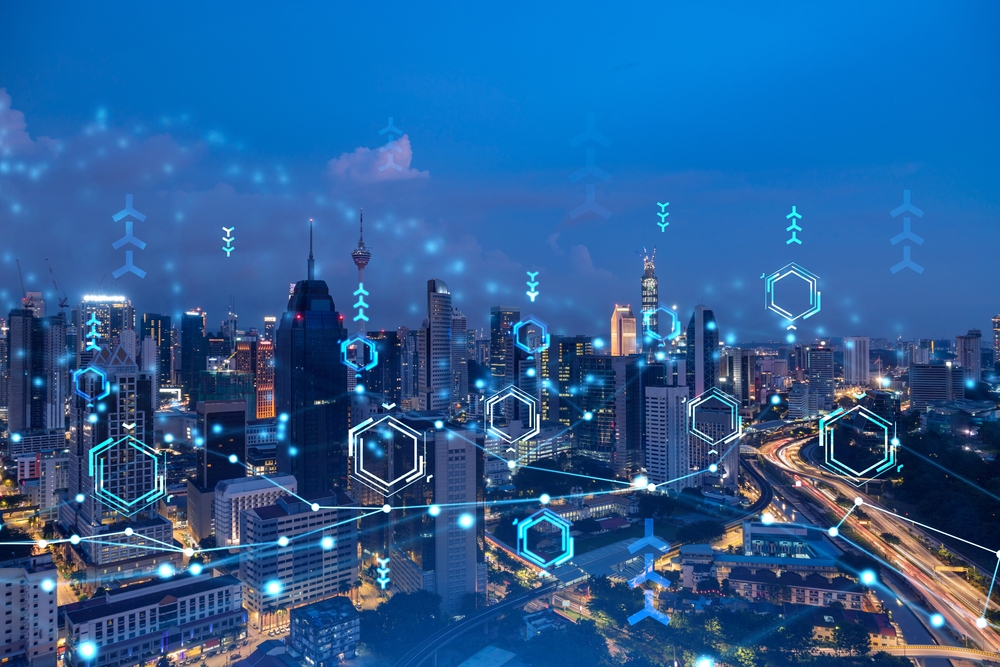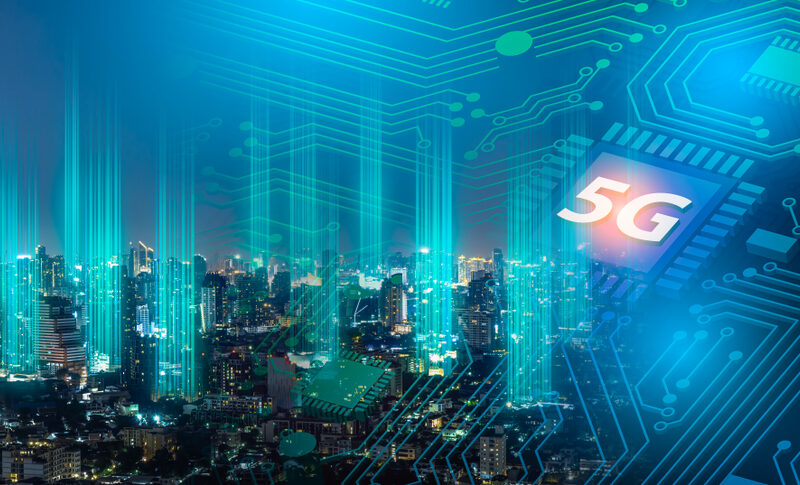In an era where global decarbonization of the construction industry is accelerating, Huawei’s capacity to construct more energy-efficient data centers may serve as a model for others. According to A. Williamson, Huawei vice president, the new electronic structure and constructions are particularly widespread in China.
What has already been done
Williamson, who has shortened construction time from 18 months to six months using prefabricated steel construction, claims that modularizing info establishments makes brand-new opportunities for quick development and smaller CO2 traces.
He stressed that it could be cut down to a month. He said that this method can offset more than 90% of the CO2 discharges during the development stage and uses much less concrete than traditional buildings.
At the twenty-seventh Meeting of the tech organizations in Egypt, Williamson participated in a session sponsored by the Global Building Alliance (Global ABC) and the German Energy Agency.
The authorities from the ecological and financial departments from different countries were also present at the meeting. Williamson said that the process of developing more ecologically friendly technology and adopting it as a standard in all countries is crucial if the authorities are going to collaborate to decarbonize the construction industry and determine the steps that must be taken to transform it.
The new projects
UNEP’s J. Duwyn, the director of development and building facility, concluded the discussion. Huawei has installed electrical photovoltaic cells on the rooftops of numerous of its buildings, including the huge southern factory, in an effort to build a more environmentally friendly and sustainable campus. It has also consistently increased the amount of renewable energy it uses, with a 42 point 3 percent increase to three-hundred-million kWh last year.
In the GBA region of China’s, Huawei buildings are well-supplied with green energy. Additionally, the business is a part of an international initiative to supply COP27 with clean solar energy. A 6 MW solar power project for lighting the COP27 convention center was completed with the help of Huawei and partner Infinity Power.
The sun energy facility could produce up to about twelve thousand MWh of energy annually. This will provide electricity to five thousand houses and cut CO2 emissions by more than 4,000 tons annually.



